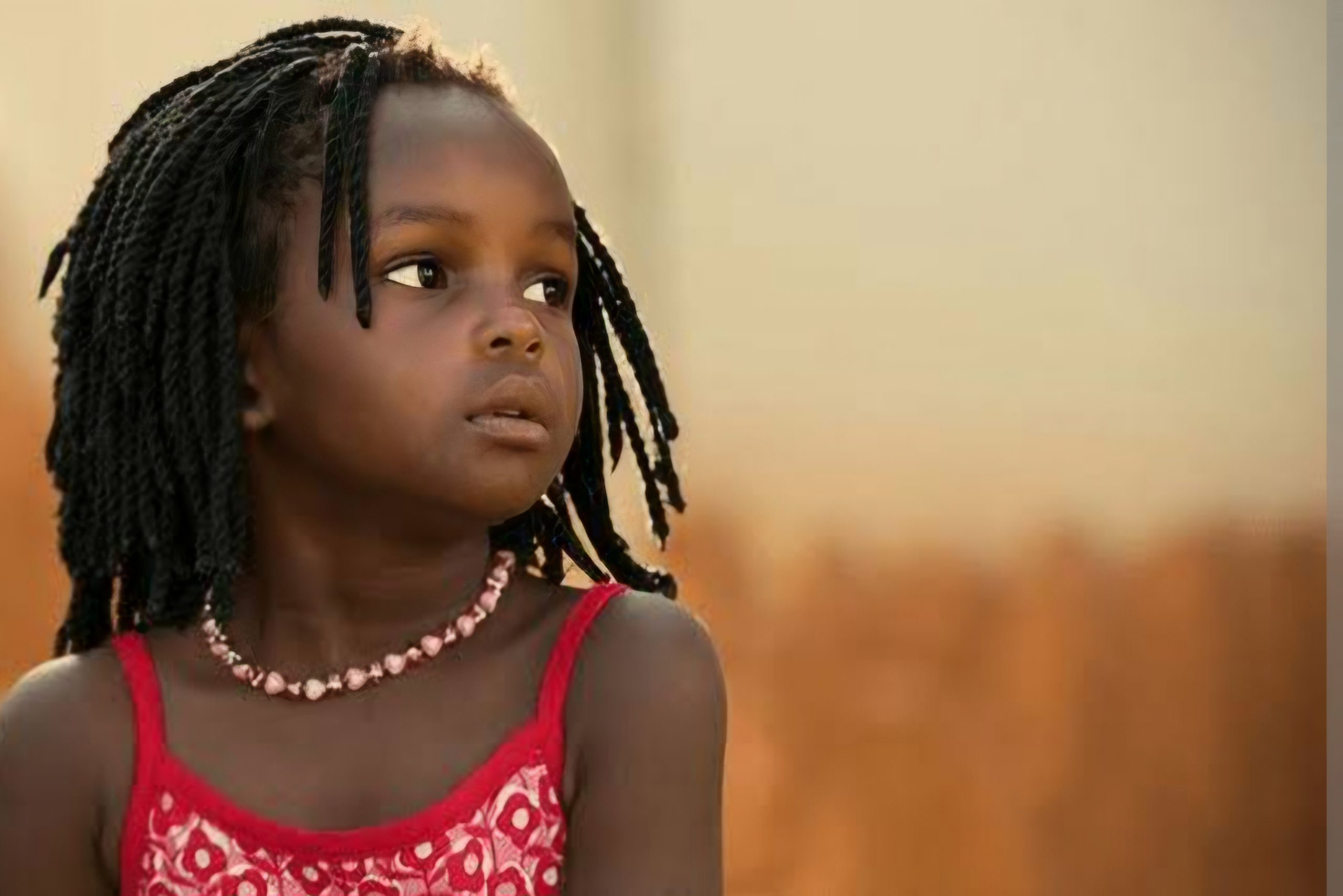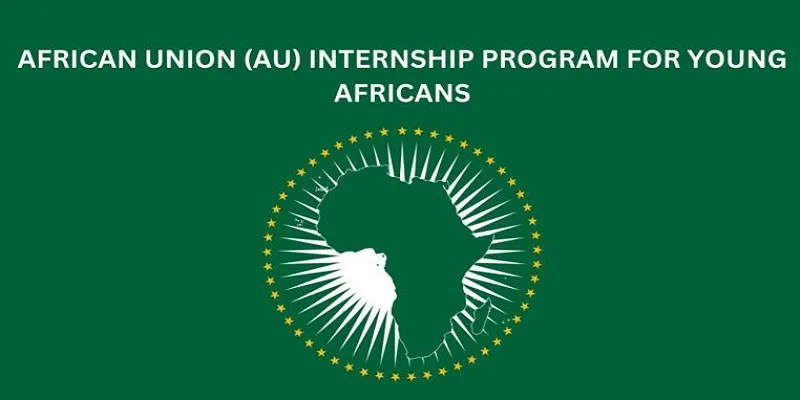Aminat Sadiku, 13 years old, born into the family of Sadiku, once dared to venture into the world, believing in her own equality and freedom. Little did she know that her father had married her off to a Fulani man living in Sokoto but working in Lagos. She had dreams but her life was already planned without her understanding.
She has existed in every era, location, and social class. She represents nearly four billion people on this planet. Her pursuit has been a driving force behind humanity’s significant struggles for liberation, yet she has often been marginalized and omitted from these histories.
Her story continues to unfold… and her moment is now.
The Girl Child has made significant progress. Yet, unlike any other group, she holds a perilously low social status—“the least of these” in an extensive and historical hierarchy—as she navigates through centuries of ancient traditions, beliefs, and norms that have seen her more as a family “asset” than a full human being.
Even in the twenty-first century, her body and existence are still caught in a precarious tug-of-war between the supremacy systems of the past and the unrealized ideals of what it means to live as a free individual. As our global community confronts the long-overdue reckoning of the racial legacy of slavery, our female ancestors cry from the grave: #metoo!
The term “girl child” generally refers to a female human being from infancy through to the age of 18. This period encompasses significant developmental stages including infancy, childhood, and adolescence. The girl child is characterised by her unique biological, psychological, and social developmental needs, which require specific attention and support from family, community, and society at large.
The girl child, a beacon of potential and promise, embodies a wide array of qualities that shape not only her individual identity but also the fabric of society. The girl child is naturally inquisitive.
From a young age,she exhibits a strong desire to explore her surroundings, ask questions, and seek knowledge. This curiosity is the bedrock of her learning journey, driving her to understand the world around her and fostering a lifelong love for education.
Empathy is a hallmark of the girl child’s personality. She possesses an innate ability to understand and share the feelings of others. This quality makes her compassionate and nurturing, enabling her to build strong, supportive relationships with family, friends, and peers. Despite facing numerous challenges, the girl child often demonstrates remarkable resilience. Her ability to bounce back from adversity, adapt to changing circumstances, and persist in the face of obstacles is a testament to her inner strength and determination.
Leadership qualities such as decision-making, responsibility, and the ability to inspire others can be cultivated through participation in extracurricular activities, mentorship programmes, and community involvement.
A girl child who is supported and validated by her family, teachers, and community is more likely to develop a strong sense of self-worth and belief in her abilities. This confidence empowers her to take risks, pursue her goals, and advocate for herself and others. The qualities of a girl child extend beyond her personal growth; they have a profound impact on society as a whole. Educated, empowered, and confident girls grow into women who contribute positively to their communities, economies, and nations.
Despite the numerous qualities and potential of the girl child, she often faces significant challenges that hinder her growth and development. Some of these challenges include gender discrimination, violence, exploitation, abuse, etc.
The Girl Child represents each of the 180,000 baby girls born daily into our world with hearts full of potential, ready to set their own paths.











